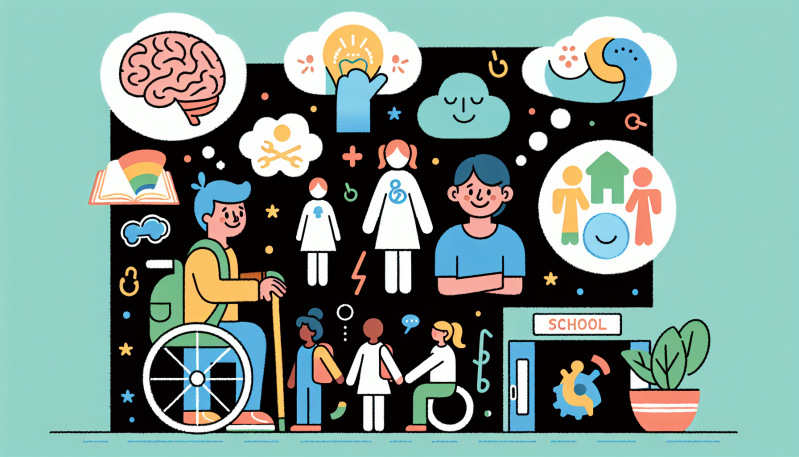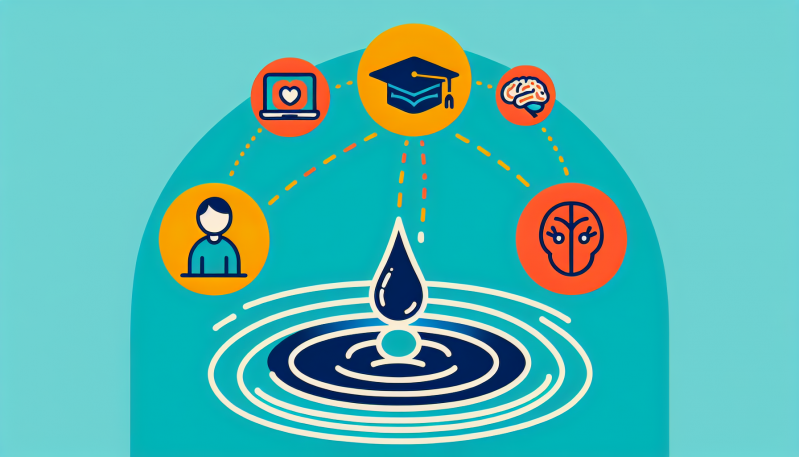In a world where academic pressures, social dynamics, and personal challenges intersect, the importance of a supportive educational environment cannot be overstated. Our children navigate complex social landscapes, and as they do, the need for mental health support, inclusiveness, and genuine connection becomes increasingly evident. It is here, within the vibrant hallways and classrooms, that peer mentorship programs can serve as powerful agents of change.
Peer mentorship, a concept where students support and guide each other through the vicissitudes of school life, is not just a feel-good initiative; it’s a strategic approach to building resilience, empathy, and a culture of care. When students are given the responsibility to mentor their peers, the benefits are bidirectional—the mentees receive personalized support, while the mentors gain leadership skills and a sense of purpose.
The benefits of peer mentorship are manifold. It can serve as a critical mental health resource, offering a first line of empathetic communication for students who may feel isolated or overwhelmed. Loneliness, a silent epidemic in our schools, can be effectively combatted by these mentorship connections, which provide students with a sense of belonging and community.
Moreover, peer mentorship is an inclusive strategy that foregrounds diversity, equity, and inclusion (DEI). By bringing together students from various backgrounds and experiences, mentorship programs endorse a shared understanding and respect for difference, fostering a more inclusive school culture.
Implementing a peer mentorship program, however, comes with its challenges. Training young mentors requires resources and commitment; they must be equipped with the right communication skills, empathy, and an understanding of confidentiality and boundaries. Additionally, there must be careful consideration of the dynamics between mentors and mentees to ensure healthy, effective relationships.
The impact of peer mentorship extends to the mentors themselves, who often experience increased self-confidence, improved communication skills, and a deeper understanding of their peers’ perspectives. Mentoring can also reinforce their own knowledge and provide an opportunity for reflective learning.
To complement the efforts of teachers and parents in creating a nurturing environment, peer mentorship programs must be carefully tailored. They can take many forms, such as one-on-one pairings, group meetings, or even digital communication channels in today’s tech-savvy world. What’s crucial is that these programs align with the values and needs of the school community.
Successful peer mentorship initiatives often share common features: they have strong leadership, clear objectives, ongoing training, and robust support systems for both mentors and mentees. For example, the ‘Buddy System’ initiative found in some progressive schools pairs older students with younger counterparts, providing a platform for mentorship and a smooth transition for newcomers.
Strategies for effectively integrating peer mentorship into schools might include dedicated training sessions for mentors, regular check-ins with educational staff, and the incorporation of mentorship activities into the curriculum.
As we encourage our readers to reflect on the power of student support systems, let us remember the adage, ‘it takes a village to raise a child.’ Empowering students to support each other builds a village within our schools—a stronger, more compassionate community where every child is seen, heard, and valued. Let’s unlock the untapped potential of peer mentorship in schools and watch as our students thrive in an environment rich with empathy and resilience.


